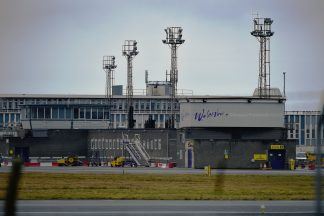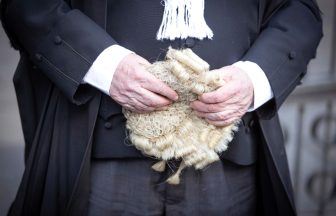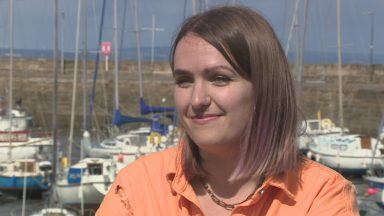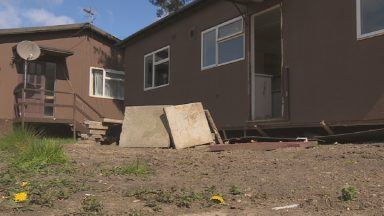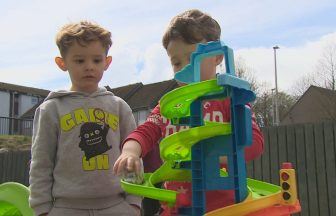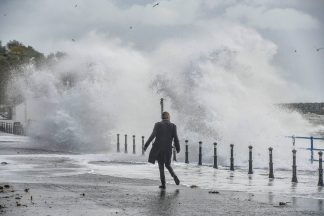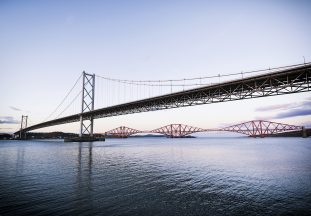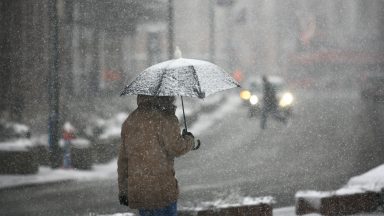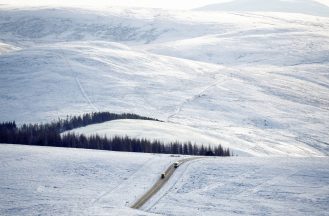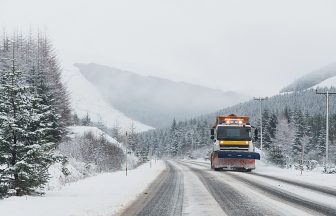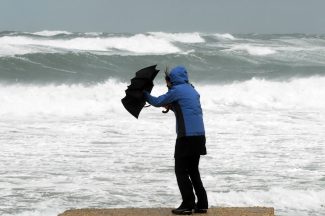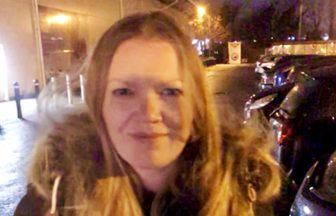I know quite a few of you will be upset summer is over, but who doesn’t like autumn, especially when we get those crisp settled spells.
September 1 is the start of meteorological autumn, but the start of astronomical autumn, which is the one most people observe, starts on the 22nd or 23rd depending on the year.
This is also the day where most parts of the world have roughly the same amount of daylight – known as the autumnal equinox.
Over the next few weeks you’re going to be haunted by the words “the nights are fair drawing in”, and that’s probably just from me – but they really are!
During September and October in Scotland we lose between four-and-a-half and five minutes of daylight a day, which dramatically changes the look of our evenings.
At the start of September the sunset time is around 8.10pm for most of the country, but in Edinburgh by the 30th of November the sun sets at 3.45pm.
In Shetland the difference is even starker with a loss of over seven-and-a-half hours of daylight over three months, with sunset here just after 3pm by the end of November.
We see an increase in rain, storms, frost, fog and snow during autumn with the season bringing 800mm of rain to the mountains of the west Highlands, Argyll and Skye with the driest areas around Tain and East Lothian, with an average of 200mm of rain.
As leaves fall, so do the temperatures with Scotland seeing a reduction in temperature by around 5C on average over the course of three months.
Autumn snowfall has reduced since the 1970s and 80s. Most towns and cities in Scotland will only see a few days of falling sleet or snow with the Highlands getting five to ten days on average. Shetland sees the most with ten to 15 days of falling snow across Unst and Yell.
Have a great autumn!



